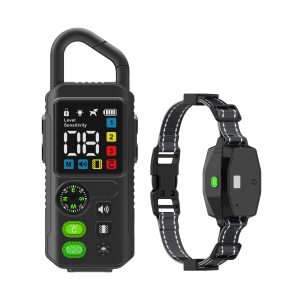The Ultimate Guide to Dog Training Collars
Dog training collars are essential tools for pet owners who believe in positively reinforcing good behavior in their canine companions. From barking issues to leash pulling, these collars can assist in addressing various training challenges. Before delving into the specifics of using a dog training collar, it’s crucial to understand the different types available.
Types of Dog Training Collars
1. Shock Collars: Often controversial, shock collars deliver a mild electrical stimulation to deter unwanted behaviors.
2. Vibration Collars: These collars use vibration instead of shocks, which can be effective for sensitive dogs.
3. Ultrasonic Collars: Emitting a high-pitched sound, ultrasonic collars discourage barking without physical contact.
How to Choose the Right Training Collar
When selecting a dog training collar, consider your dog’s temperament, size, and the specific behavior you want to address. Consult a professional dog trainer for guidance tailored to your pet’s needs.
Training Techniques with Collars
Before using a training collar, ensure you understand how it works and practice positive reinforcement training methods simultaneously. Consistency and patience are key to successful training.
Common Mistakes to Avoid
One common mistake pet owners make is relying solely on the collar without providing positive reinforcement. Remember, a collar is a tool, not a substitute for proper training.
Ensuring Safety and Comfort
Always ensure the collar fits properly and does not cause discomfort or harm to your pet. Regularly check for any signs of irritation or skin issues.
Conclusion
Using a dog training collar can be an effective way to address behavior issues in your pet when used responsibly and in conjunction with positive reinforcement training techniques.




